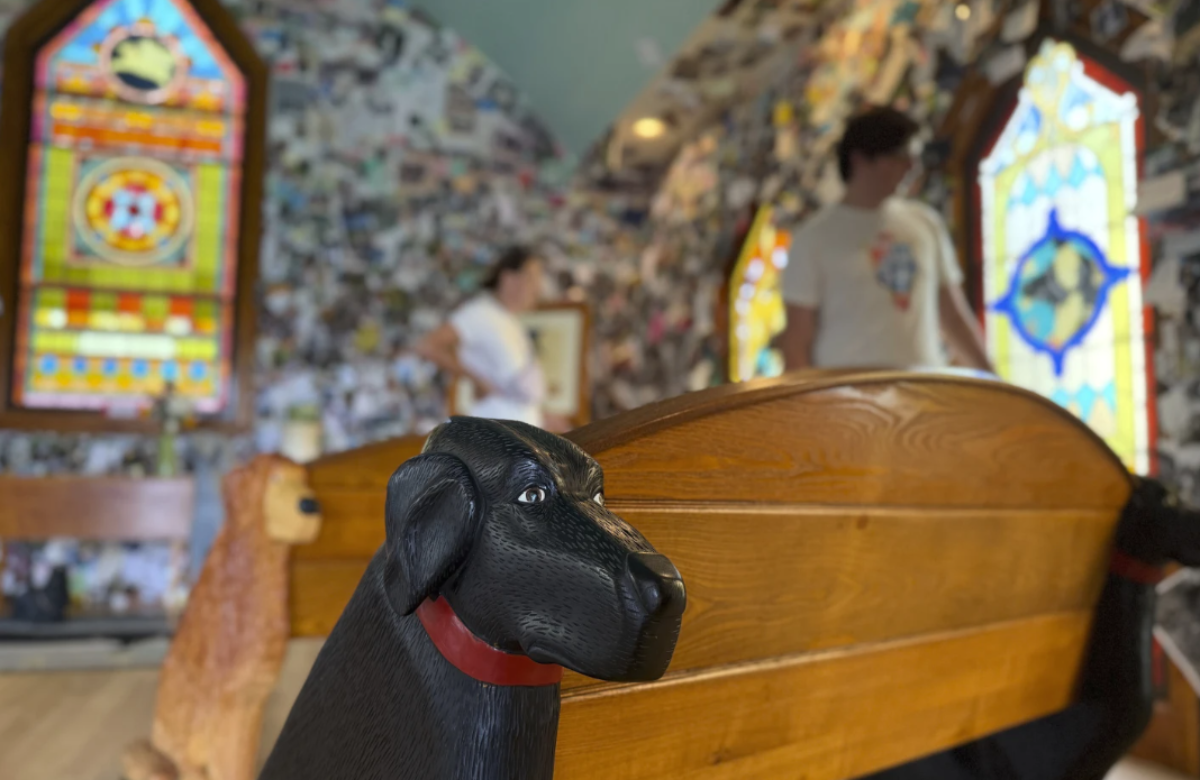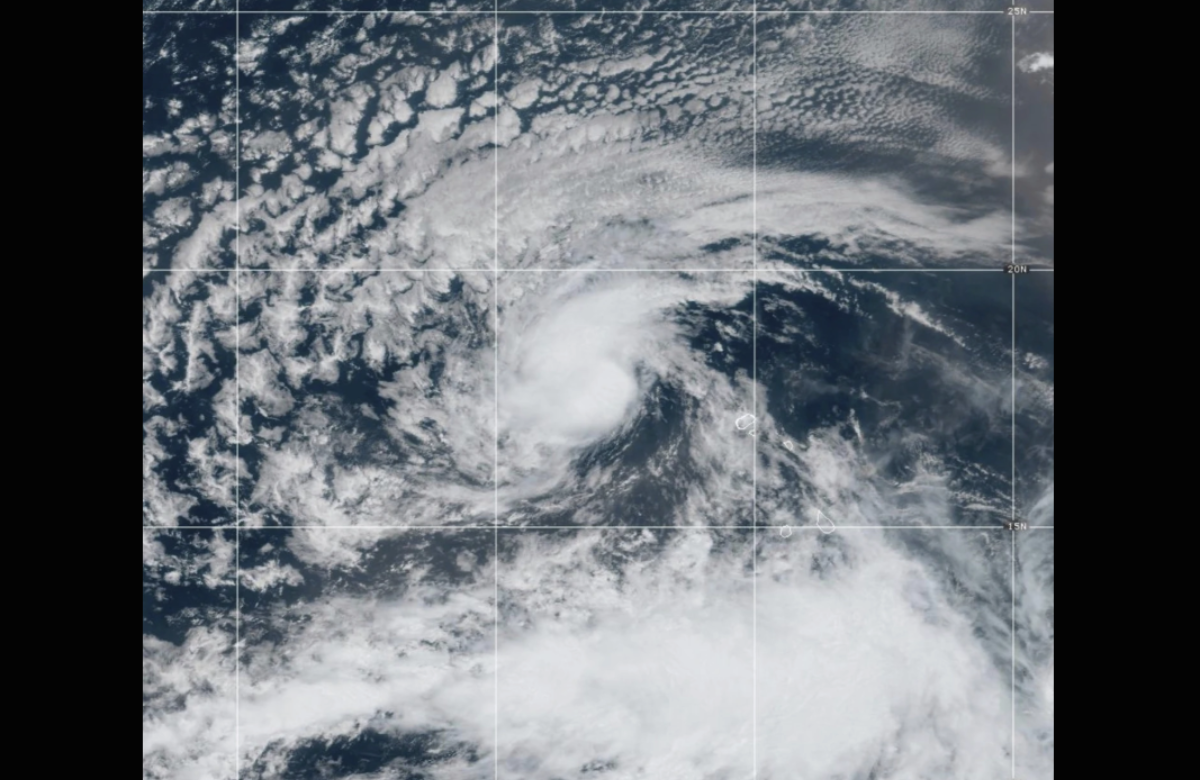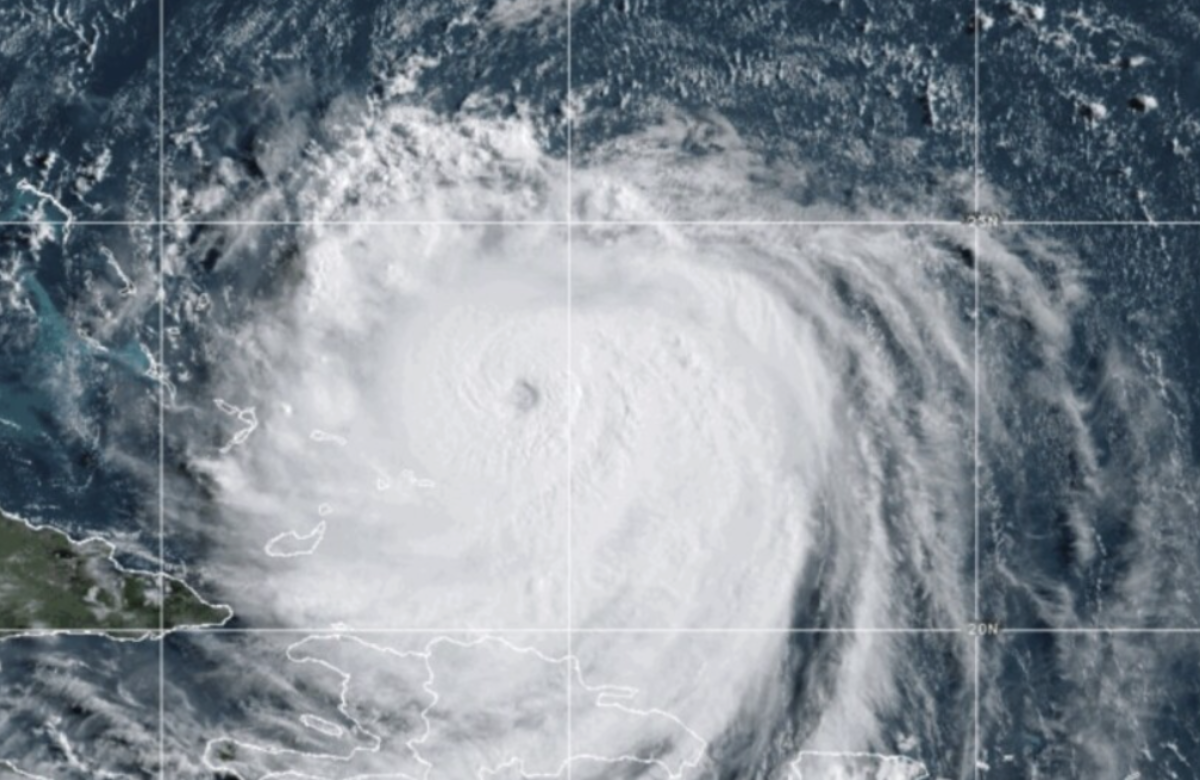The Orionids meteor shower, which comes from dust from Halley’s Comet, is considered the most spectacular meteor shower of the year. Just before Halloween, this meteor shower will reach its peak in a few days, with bright and fast meteors streaking across the sky.
These meteors travel at speeds of around 148,000 miles per hour and leave behind glowing dust as they enter Earth’s atmosphere. According to NASA, the glowing fragments of these meteors can be seen flashing across the sky for seconds or sometimes minutes. The speed of some meteors can even create ‘fireballs’, which look like large bursts of light.
Spectators who want to see meteors may face some difficulties due to the bright moon this year. Faint meteors can be hidden by the moon’s brightness, but if the sky is clear, viewers can see about 23 meteors per hour, NASA said. This meteor shower provides a spectacular view of meteors traveling at speeds of about 41 miles per second between the northern and southern hemispheres.
The Orionids meteor shower is named after the constellation Orion, as these meteors appear to pass through that constellation. However, astronomers advise that for the best view of the meteor shower, instead of looking at Orion, look at the sky at a distance of 45 to 90 degrees.
A meteor shower is seen when comets or other celestial objects pass through Earth’s orbit and leave behind dust that enters the Earth’s atmosphere. This dust is called ‘meteoroids’. When these meteoroids enter the Earth’s atmosphere at high speed, they burn up and become visible as bright stars in the sky. These are called ‘shooting stars’ or meteors. If meteoroids reach the earth without burning up, they are called ‘meteorites’.
Halley’s Comet is the most famous of the Orionids’ comets. Halley orbits the Sun every 76 years and was last seen in 1986. Now it will appear again in 2061.
From 2006 to 2009, the Orionids provided 50 to 75 meteors per hour, equaling the Perseid meteor shower for that period.















